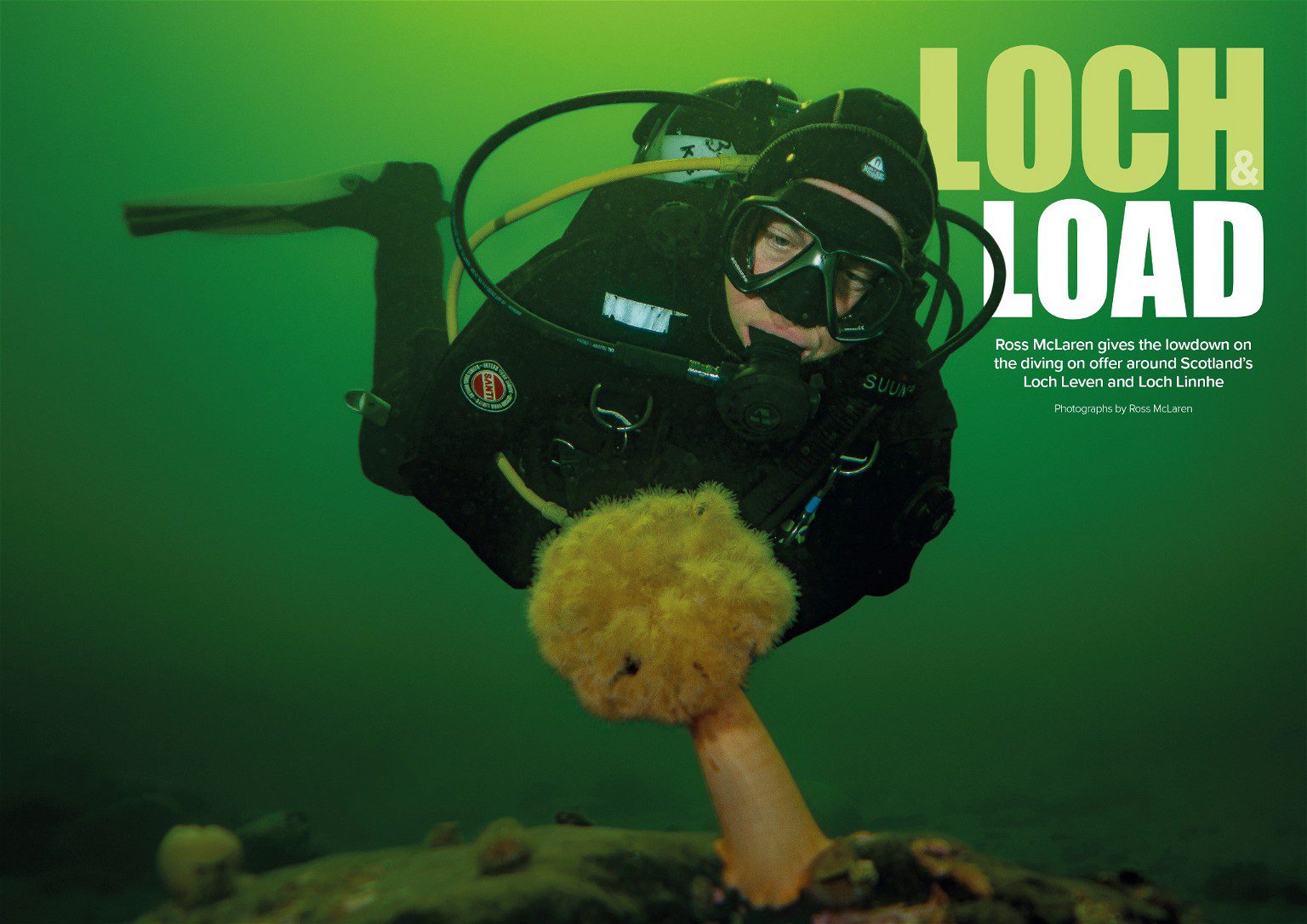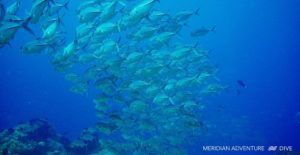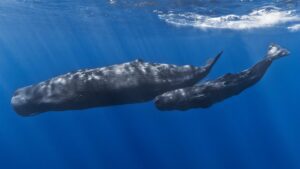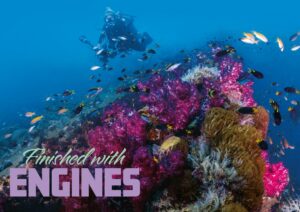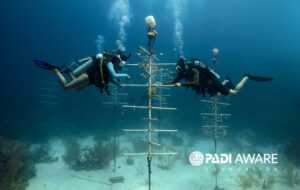Photographs by Ross McLaren
I don’t think I’ve driven a road that encapsulates Scotland’s beauty and diverse landscape more than the A82 from Glasgow to Inverness.
It’s a road that’s travelled by thousands of tourists every year and all along it you’ll see cars pulled up and people with cameras and phones out looking for that insta-perfect photo.
But what so few people realise is, as well as showing off Scotland’s landscape, the A82 also has some stunning diving along it as well, especially along the banks of Loch Leven and Loch Linnhe. Okay, this is where things get a little confusing, so let me clear this up just now.
Scotland has two Loch Leven’s; one is in Kinross and is landlocked, whereas the other is about halfway up the A82 at Ballachulish and is a sea loch, and it’s this one I’ll be talking about.
Carnoch Bay (Loch Leven)
Carnoch Bay is, as the name suggests, a bay which literally offers something for everyone; from trainees taking their first breaths to those experienced divers looking for a bit of depth.
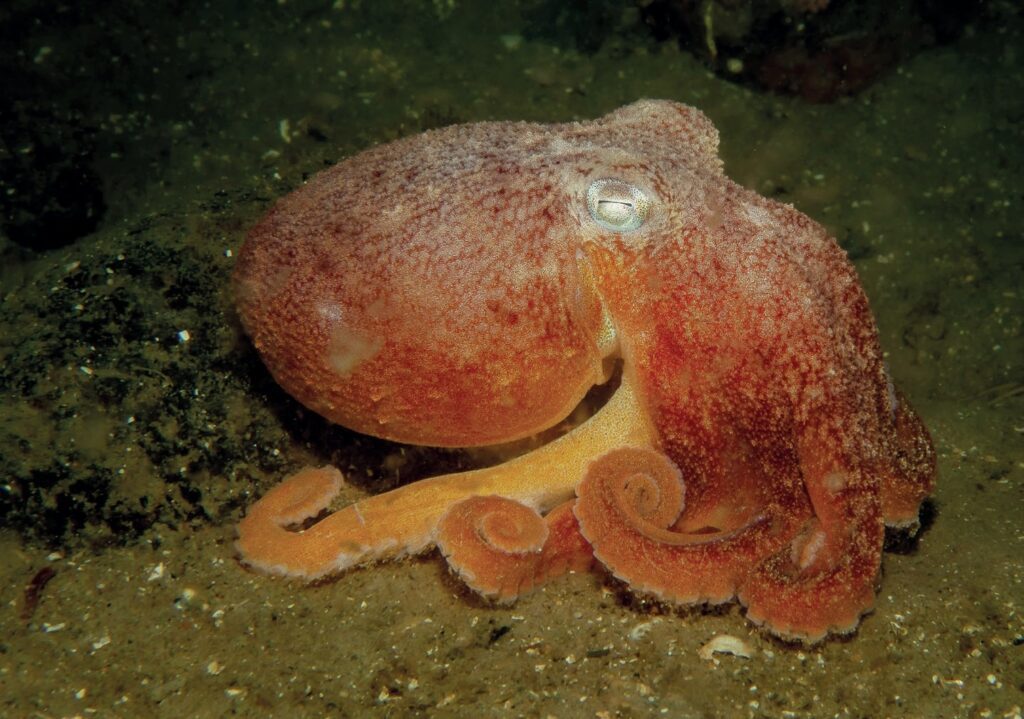
With a maximum depth within the bay of only around 15m (a good bit of it is less), it offers instructors and trainees a safe environment to carry out skills as well as an excellent dive without needing to go to deep. It’s a sandy bottom, so you just need to be careful of kicking up the vis.
For those looking for a bit more depth, finning out of the bay, or even entering at the top of the bay (a bit of a walk with kit), the seabed drops to 30m plus.
On top of that, with a big carpark next to the entry point and the hotel literally a two-minute walk away, it makes for an excellent site for a club weekend or day out.
As mentioned, there are a couple of ways to dive here. Entering from the stoney beach you drop down to around 7m or 8m and to be honest, from here the dive is relatively simple.
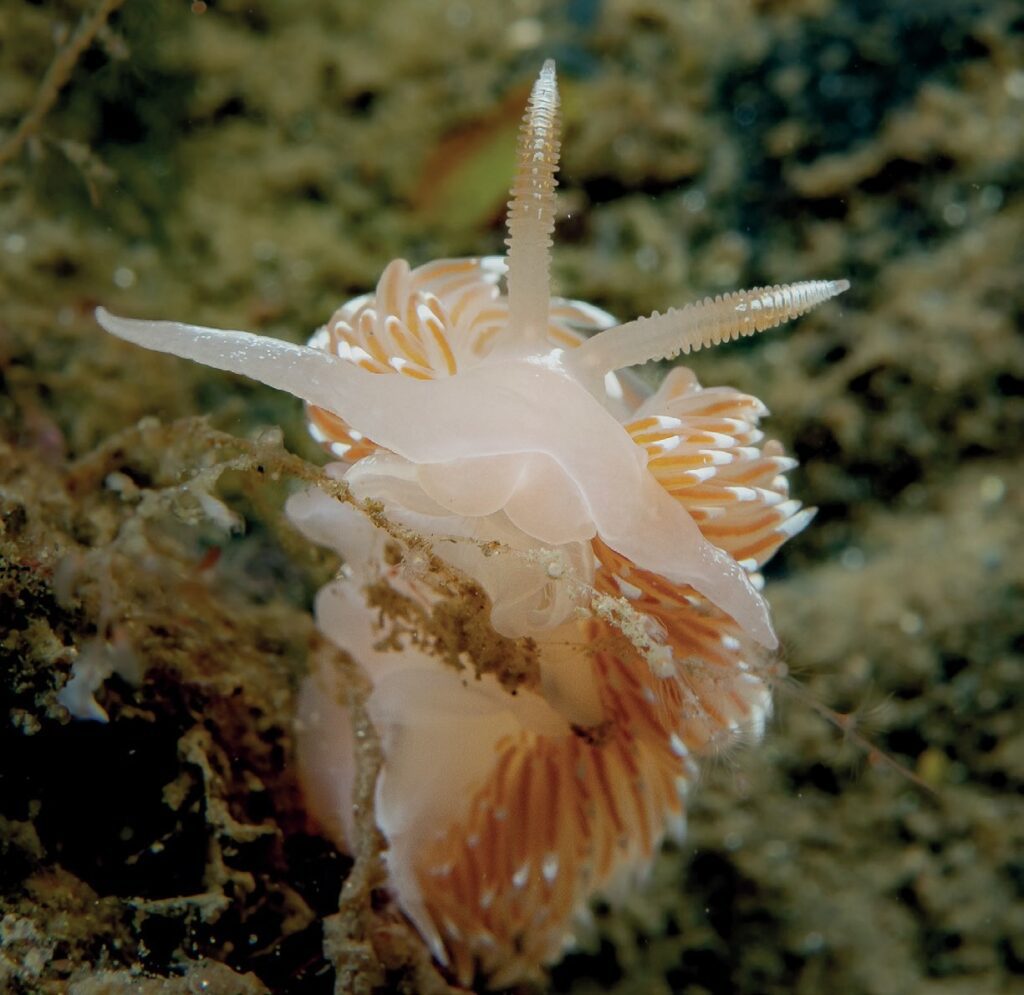
Keep the wall on your right-hand side and swim out as far as you like and, on the way back, keep it on your left. If you’re looking for depth, the directions don’t change, keep swimming with the wall on your right and eventually it starts to drop.
The wall is awash with life in the cracks and on the boulders; from starfish to sea cucumbers, but it’s when you come off it slightly this site really throws up some spectacular sights. The sandy bottom is littered with phosphorescent and slender sea pens, which are magical.
Don’t go to quickly across the seabed, take your time and look closely as often there’s the odd sea scorpion hiding away as well as gurnards and, if you’re really lucky, an octopus tucked away under a rock or even a ray.
Another very special unexpected sighting we had last time, which funnily enough I didn’t get a photo of, was a seal! As we made our way to the end of the bay, my torch picked out what I thought was a bit of an odd-looking rock…
Did you know?
Loch Leven is a large expanse of water situated in the rural Scottish county of Perth and Kinross. The National Nature Reserve is renowned for the number of wildfowl that live there and it’s home to more breeding ducks than anywhere else in Europe.
I guess it was odd looking as it wasn’t a rock at all, but the seal! In my excitement, I might have forgotten I had a camera and missed the shot again!
On a bright sunny day (we do get them occasionally in Scotland), the shallowness of the bay means that the light streaming in from above makes for a truly incredible dive, and no need for a torch.
Another way to dive here is to walk up to the end of the point and swim back into the bay. I’m not going to lie, it was a serious test of my fitness, but well worth it! The wall here is more slate, and with lots of cervices it’s full of life ranging from dogfish, to anemone and lobster.
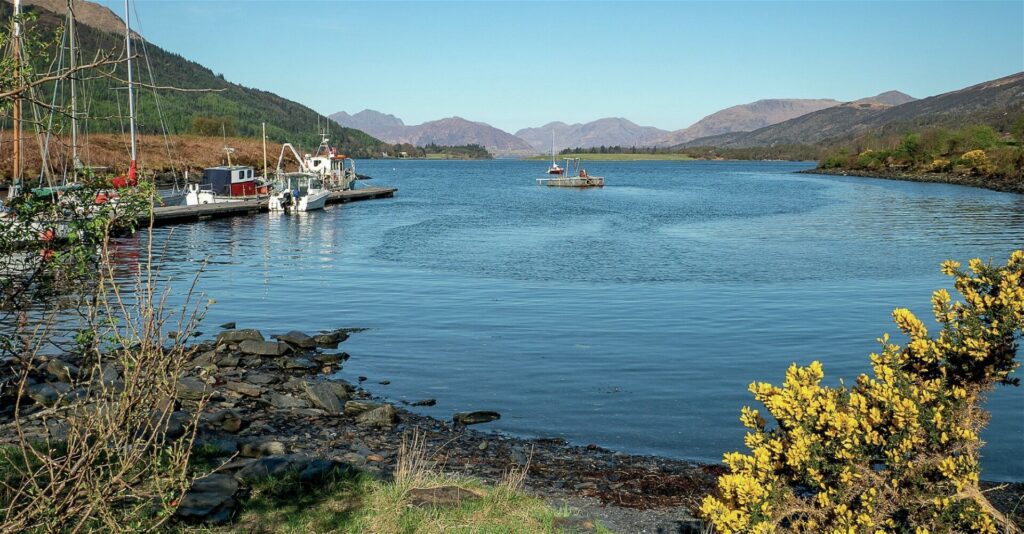
The navigation is really simple, keep the wall on your left hand side and keep following it round at your chosen depth until you start to come up into the bay.
Caolasnacon (Loch Leven)
This is a perfect site for a club dive trip as its situated right in the middle of a campsite meaning you can literally roll out your bed and right into the water… well, close enough.
It can still be dived even if you’re not planning on staying overnight, but permission is needed from the camp owners to park up near the entry point, which is usually not a problem, but during high season it can get busy with campers naturally.
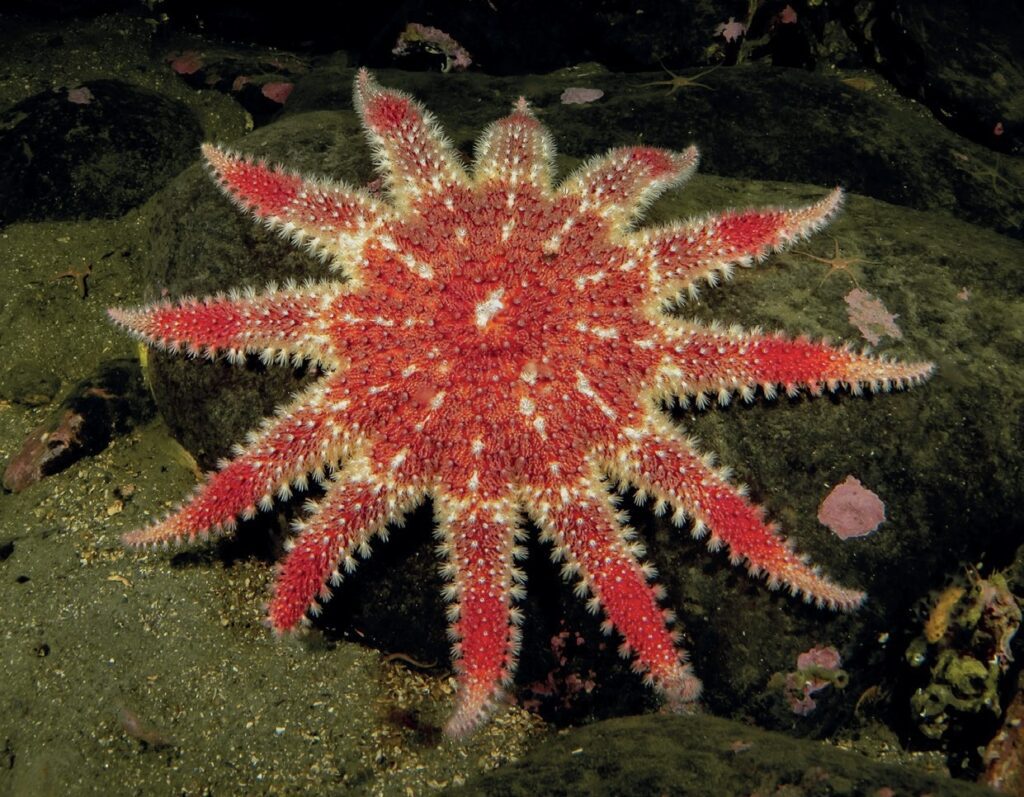
The dive itself is an incredible wall that starts on the surface and carries on down to around 35m. From the beach facing back up the loch, head straight towards the rocks on the right hand bank. As you head down around 6m to 10m you’ll come across the wall and from here the dive is as easy as they get, but no less impressive.
The topography of the rocks themselves is impressive. On a bright day with sunlight streaming down through the water the effect in absolutely breath-taking. Covered in all the usual critters; sea loch anemone, urchins, sea squirts, etc, take your time searching all the nooks and crannies.
The dive is very much dependant on you. I always like to head to the bottom of the wall and have a wee look on the seabed just in case there’s any sign of the odd ray before coming back up and following the wall along. And coming back, well simply turn round and swim with the wall on your left gradually coming up.
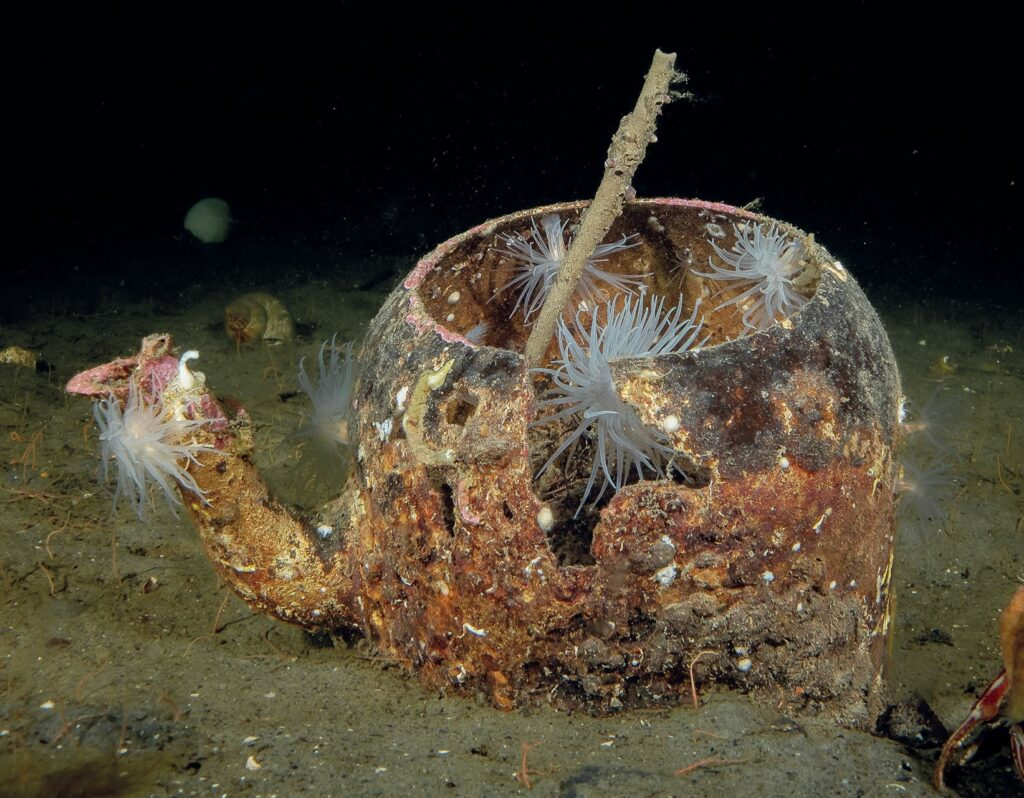
The only real hazard here is the narrow channel at the other side of the entry point. Now in theory you shouldn’t need to go anywhere near it, the beach is relatively large and as long as you stick to the right and close to the rocks there’s little current.
But if you do head out into the middle of the loch and come up too close to it when the tide does turn, the water can move through the channel quite quickly.
Kentallen Wall (Loch Linnhe)
Kentallen Wall isn’t technically on the A82. Instead of crossing the bridge spanning Loch Leven, follow the road around as if heading for Oban until you reach the Holly Tree Hotel. This is definitely a dive for the slightly more-experienced diver, and one, dare I say, with good navigational skills.
Now, I fully admit my navigation can sometimes leave a little to be desired, so thankfully I’ve got a very good buddy who does the ‘guiding’ here.
With the entry to the site off a slip in the grounds of the Holly Tree Hotel on the banks of Loch Linnhe, it’s always good to pop into the reception and explain you’ll be diving and park at the far end of the car park to leave space for customer. Though, I do recommend the food after diving!
As well as being a good wall dive, it’s also a fairly good scenic dive too. From the slipway head out and search for a green buoy in the distance, don’t worry you’re not going to have to swim that far! Take a bearing of about 300 degrees and head down.
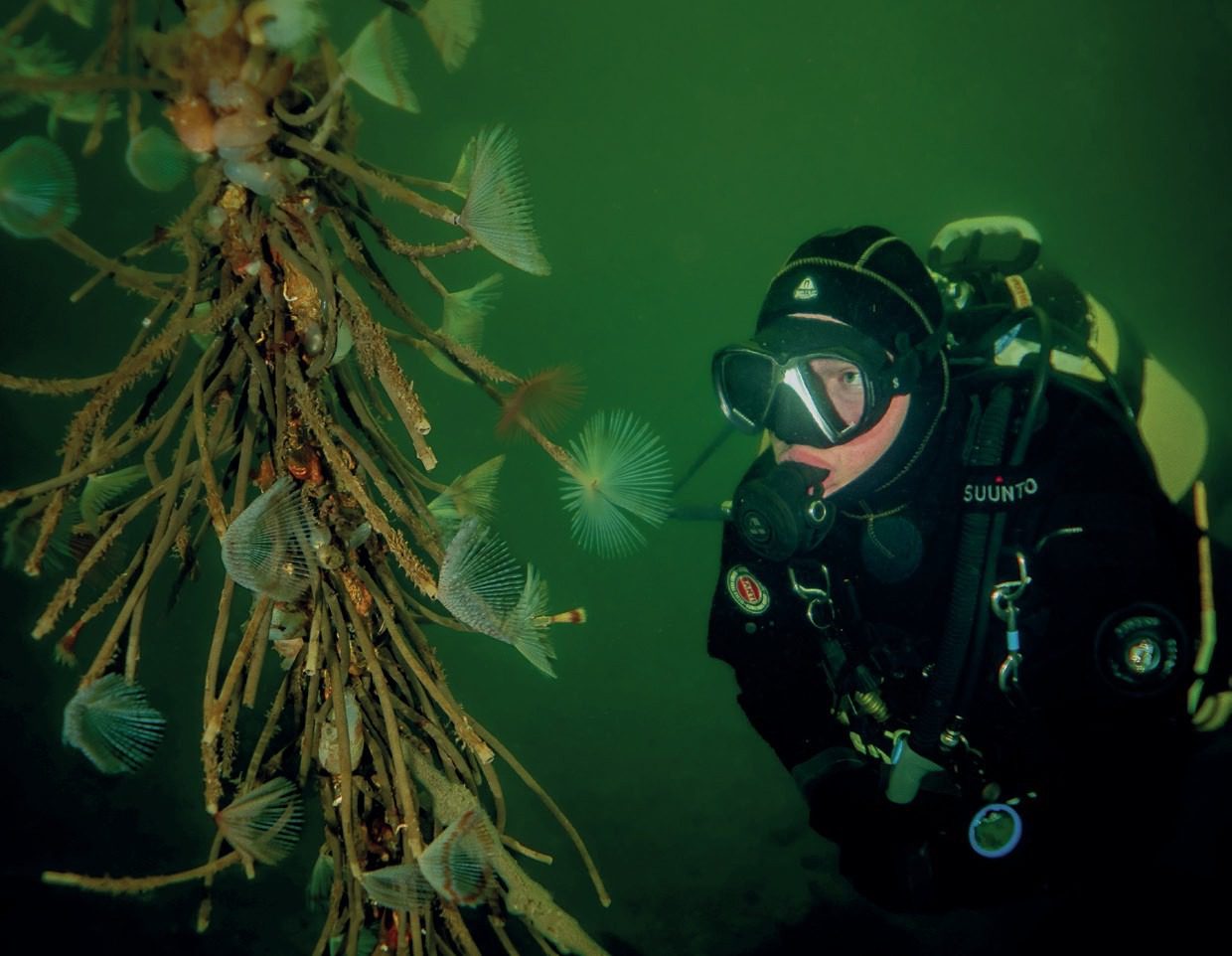
The seabed starts out as small pebbles, changes to silt, before changing back to rocks again as the wall starts.
There’s also a section where you actually start to come shallower before dropping down again, it can be a bit confusing. The ‘main’ dive is obviously the wall, but either take your time either heading out or coming back in.
The seabed is full of life and we actually found a rather friendly octopus out in the open on our last visit. It doesn’t matter too much at what point of the wall you reach at about 12m to 15m.
The wall itself actually only really runs for about five minutes in either direction, but dropping down to 30m plus there is so much to see and always the possibility of more octopus.
Now in terms of hazards here, with it being a rather long swim (a couple of comments on Finstrokes suggests about 150 metres) out to the main attraction, gas management is a big consideration.
Picnic Site (Loch Linnhe)
Crossing the bridge over Loch Leven, the road runs up the side of Loch Linnhe, which again plays host to a couple of dive sites.
The aptly named Picnic Site, just before you arrive in Fort William, is a fantastic little bay that is very much as beautiful beneath the water as the scenery surrounding it. With a good-sized carpark and a nice shingle beach it’s a great spot for diving and… well, having a picnic.
Coming off the beach and heading left, around the small peninsula you’re met with a beautiful small wall dive carrying on down to 20m plus.
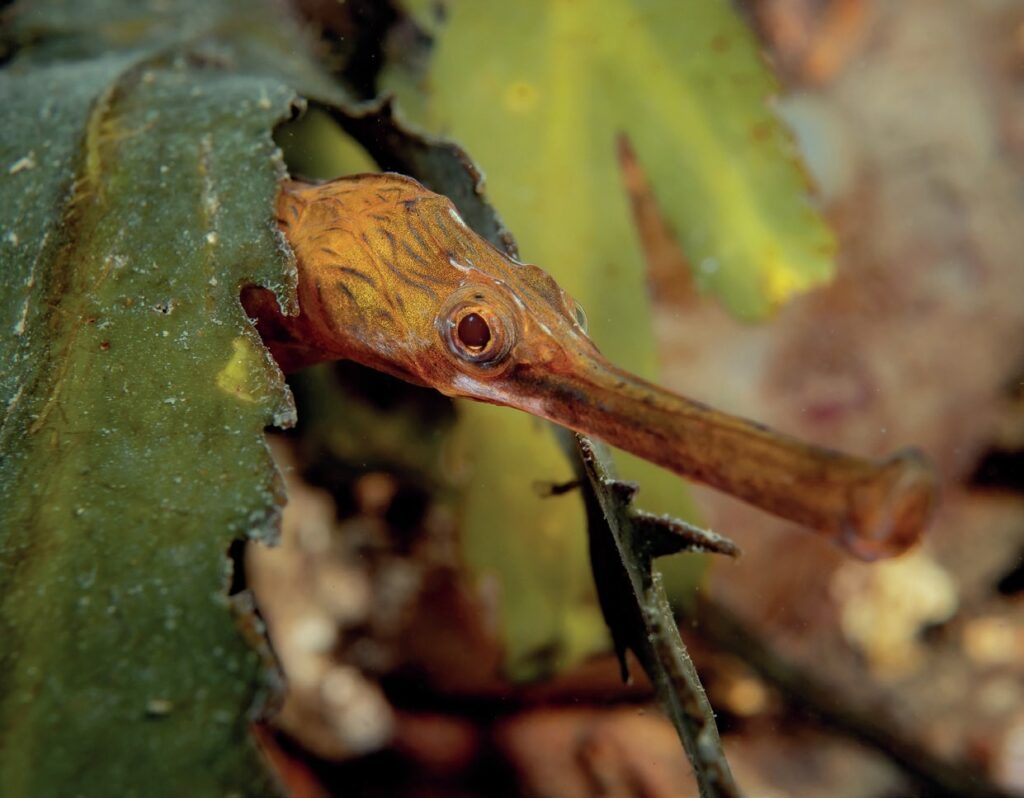
The wall is alive, again, with lots of small crustaceans, anemone and nudibranch, but what really makes this dive special, were the Liparis liparis, or sea snails. Obviously there’s no guarantee they’ll be there again, but seeing not one but two of these almost-tadpole-like fish was a bit special.
The A82 is a road well-travelled, I’m clearly biased, but it’s probably the most scenic one I’ve ever driven. So, when you can combine a breath-taking journey through some of the most picturesque and dramatic scenery with a dive that’s equally as beautiful, well what more could you ask for?
This article was originally published in Scuba Diver UK #77
Subscribe digitally and read more great stories like this from anywhere in the world in a mobile-friendly format. Linked from Loch & Load
